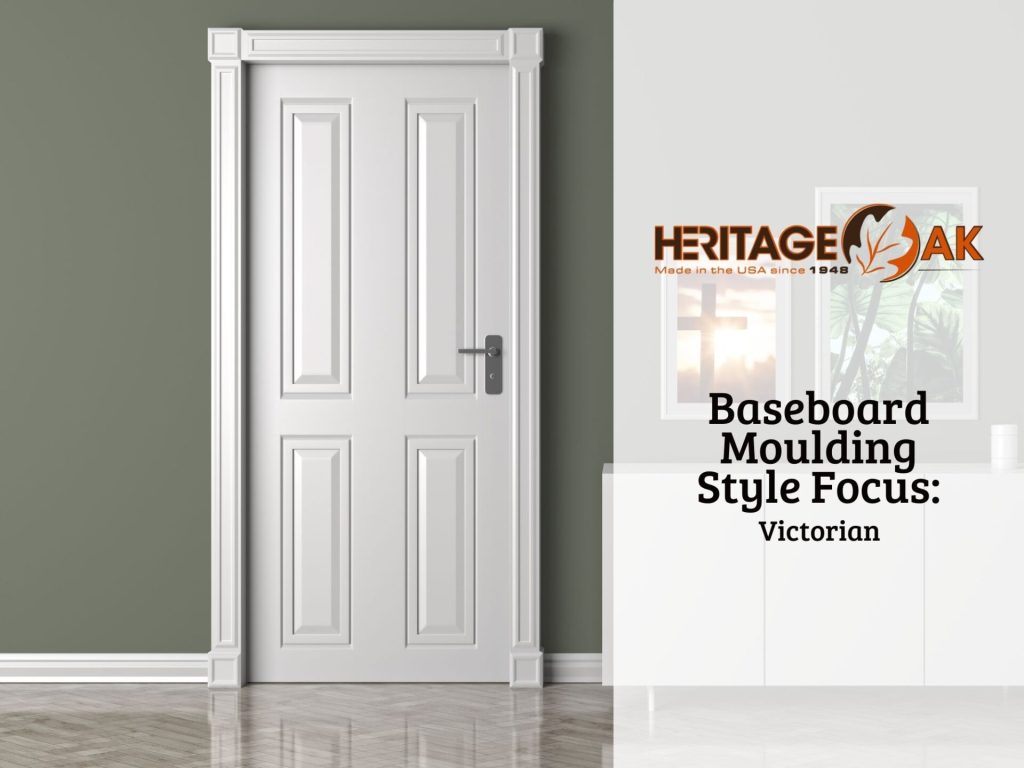
If you're looking to add a touch of elegance and charm to your home, one way to achieve this is by incorporating Victorian baseboard moulding style. Victorian architecture is known for its rich ornamentation and attention to detail, and baseboard moulding is no exception.
Victorian baseboard moulding style typically features intricate designs and elaborate details that add visual interest to any room. It is characterized by its ornate patterns, curves, and scalloped edges, which were popular during the Victorian era. This style of moulding exudes opulence and grandeur, instantly transforming a space into a sophisticated and luxurious haven.
Characteristics of Victorian-Style Baseboard Moulding
A key feature of the Victorian baseboard moulding style is its use of multiple layers and different types of moulding profiles. The baseboard is often built up with several layers of moulding, including a larger base moulding at the bottom, followed by smaller layers of moulding with intricate designs. This layering effect creates depth and complexity, elevating the overall aesthetic of the room.
In addition to the layering effect, the Victorian baseboard moulding style often incorporates decorative elements such as rosettes, dentil moulding, and acanthus leaf motifs. These embellishments add interest and personality to the baseboards, making them a focal point of the room. Rosettes, in particular, are commonly used at the corners of the baseboards to create a seamless transition between walls, adding a touch of sophistication.
Another hallmark of the Victorian baseboard moulding style is its height. Victorian baseboards tend to be taller than modern baseboards, often reaching a height of six to ten inches or more. The taller baseboards create the illusion of higher ceilings and give the room a sense of grandeur. Combined with the intricate designs and decorative elements, the taller baseboards add to the overall elegance and charm of the space.
When it comes to materials, the Victorian baseboard moulding style traditionally uses wood. Wood provides a classic and timeless look that complements the ornate designs of Victorian architecture.
Benefits of Victorian-Style Baseboard Moulding
When installing Victorian baseboard moulding, it's important to pay attention to the proportion and scale of the room. Since these baseboards tend to be larger and more intricate than standard mouldings, they may overpower smaller rooms. However, in large rooms with high ceilings, Victorian baseboard moulding can create a sense of harmony and balance.
In conclusion, the Victorian baseboard moulding style is the perfect choice for those looking to add a touch of elegance and charm to their home. Its intricate designs, elaborate details, and taller height instantly elevate the aesthetic of any room. Whether you choose to go with traditional wood or opt for more modern alternatives, the Victorian baseboard moulding style will undoubtedly become a focal point, transforming your space into a sophisticated haven. If you have more questions about the different styles of moulding we offer, reach out to us at Heritage Oak today!